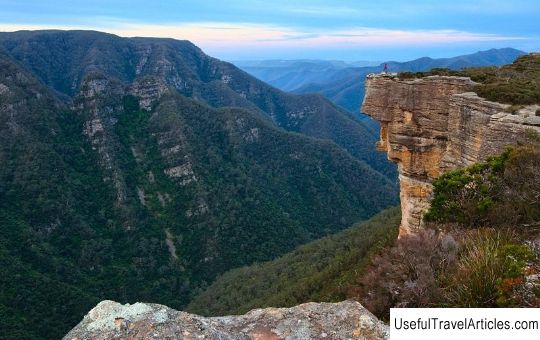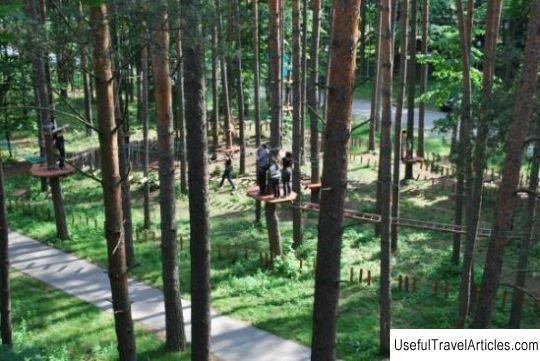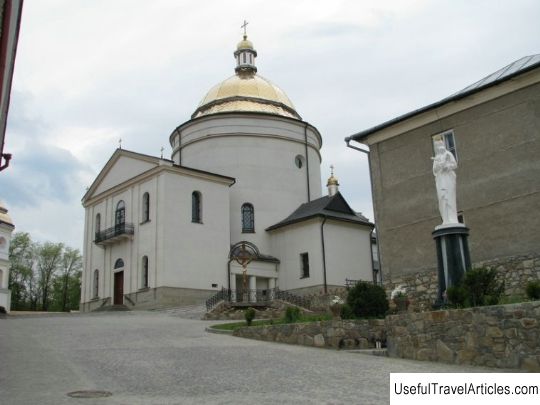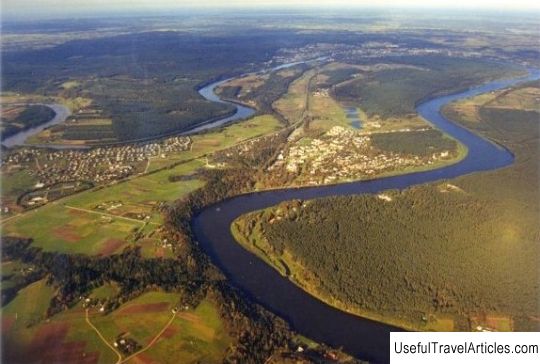Dzukija National Park description and photos - Lithuania: Druskininkai
Rating: 8,4/10 (7054 votes) 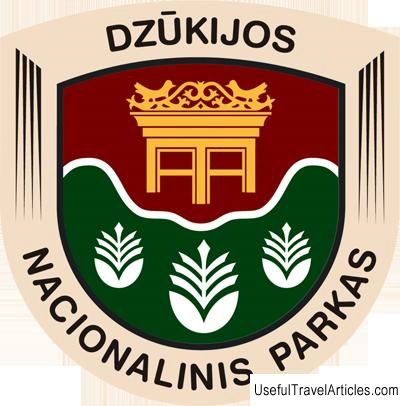
Dzukija National Park description and photos - Lithuania: Druskininkai. Detailed information about the attraction. Description, photographs and a map showing the nearest significant objects. The name in English is Dzukija National Park. Photo and descriptionNot far from the city of Druskininkai, in the south of Lithuania, there is the Dzukia National Park, founded in 1991. It was created to preserve the natural landscape, pine forests and villages of the region. The area of the national park is approximately 550 square kilometers along the banks of the Neman River. Dzukia National Park is the largest protected area in Lithuania. This is a wonderful land of dry forests, continental dunes, unusually transparent rivers in deep valleys. The park is endowed with many springs, the Nemunas valley, small lakes, rich forests, which occupy almost the entire territory of the park (91%). But visitors are impressed by the unique and extraordinary villages of Borovoy Dzuki - Margionis, Zyarvinos, Musteika, Juraj. Here you can admire many rivers - from a small spring to the largest river in Lithuania. You can travel here at all seasons. In summer, for example, a trip can be organized by kayaks and bicycles, and in autumn there are many mushroom pickers in the park. And you won't hear any complaints about rain from anyone, as it is almost immediately absorbed into the sandy ground, and any rain is beneficial for mushrooms. The valleys of the rivers Nemunas, Ula, Myarkis, Skroblas, Gruda, the vicinity of the Musteyka rivers and Povilnis, memorable massifs of continental dunes of the Dynavos pine forest, erosional geomorphological ensembles of Liskavos, Ucekos, Straujos and Pakrikstes, Digbales, Imiskiu, Bakanausku and Delino bogs, dry forests characteristic of Dzukia, rare species of plants and animals attracted to nature . The amazingly meandering river Skroblaus - from the source, which is called the spring of the Babi Garden, to Myarkis, only 17 kilometers away - is always full of water and cold. One of the most beautiful Lithuanian rivers is the Ula River, which runs across a strip of continental dunes and flows through a small valley amid impressive crumbling cliffs. The unique Ulos Akis spring lake is located in its valley. And the Gruda River is popular for its numerous loops and a wide floodplain. Interesting for the visitors will be the relics of the ancient beekeeping, which are hollow pines, which are called "bort". They have elongated vertical passages and spaces for bees. 21 hollow pine trees have been declared a natural heritage site. At the confluence of the rivers Nemunas and Merkis, there was once the castle of Merkines. The pillars of the city gates, which are now far enough from the shrinking town, tell about its greatness. Liskavos hillfort is popular for the towering remains of a stone tower. Next to them is the ensemble of the Church of the Holy Trinity and the Dominican monastery, built in the 18th century. The 7 Rococo altars are some of the most beautiful altars in Lithuania. At the same time, the ethnocultural villages of the Borovoy and Pri-Neman Dzukas are the most valuable. 4 of them - Linezheris, Dubininkas, Musteika and Zarvinos - are declared as architectural monuments. Also interesting are the villages of Mardasavo, Jyuru, Margonyu, Puvochu and others, popular for their ensembles, peculiar traditions, and theater. In Yuonyonai village, boulders are laid out in an unusual way. This indicates that there was once an astronomical observation post. The park contains 10 architectural monuments and about 40 monuments of art (mainly in the churches of Markine, Marcinkonis, Liskiava and their altars). The restored partisan dugouts in the villages of Virshurodukis and Kasciunai, the remains of the Kazimeraitis' shelter near the village of Skroblaus, the Hill of Crosses near Merkine remind of the post-war struggle. Black ceramics masters glorify the vicinity of Markine. And in the villages, according to tradition, people are engaged in weaving, weaving, knitting. In Merkine you can visit the local history museum, and in Marcinkonis - the ethnographic museum. Also await you at the Cepkalu Nature Museum. In Subartonis there is a museum-estate of the writer Vincas Mikolaitis - Putinas. The territory of the Dzukiy Park is divided into 10 forest districts. The park employs about 200 people. The park is a member of the Association of Baltic National Parks and the Federation of European National Parks.          We also recommend reading Parish Church of St. Maximillian (Pfarrkirche Treffen) description and photos - Austria: Treffen Topic: Dzukija National Park description and photos - Lithuania: Druskininkai. |
